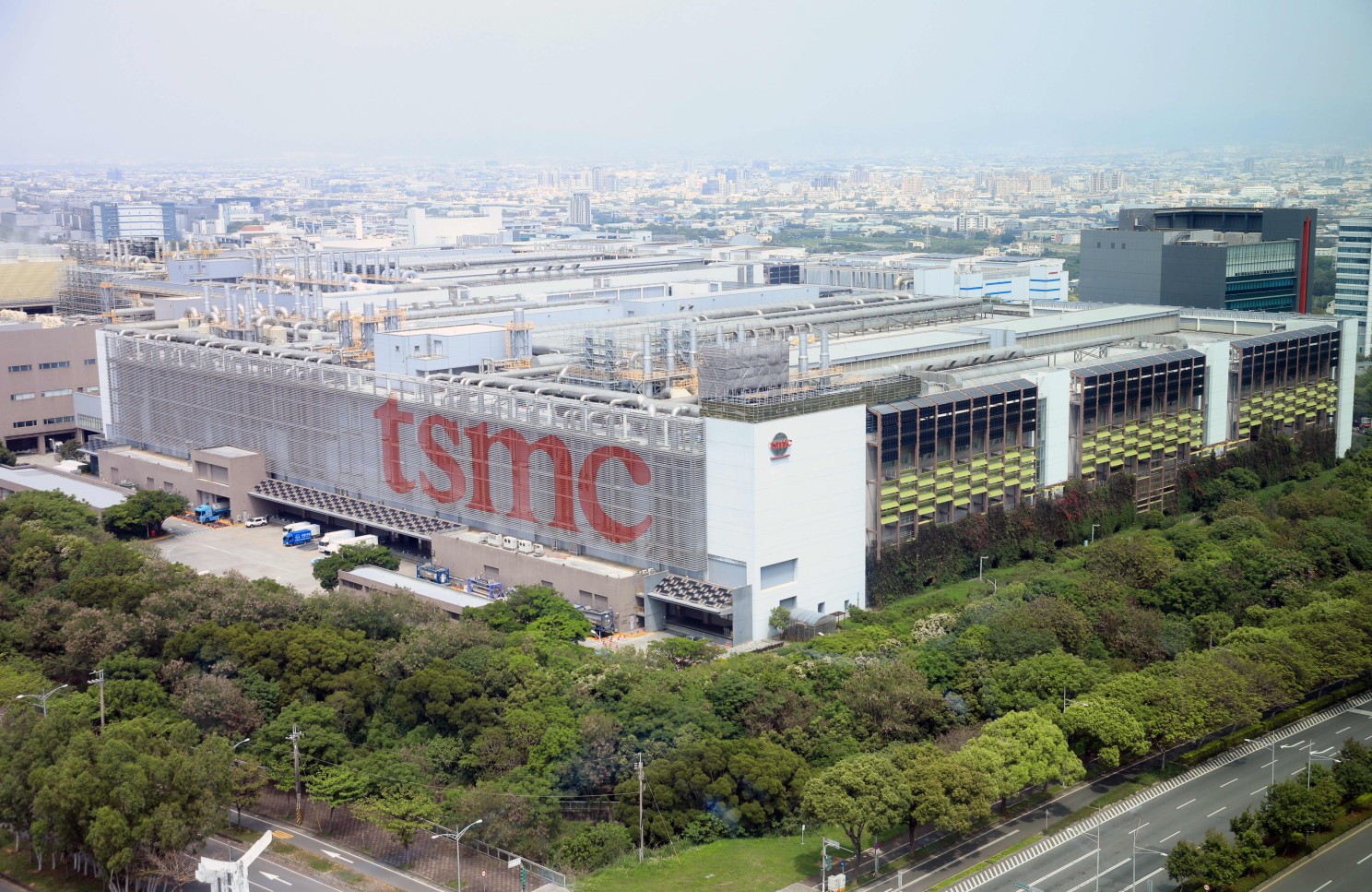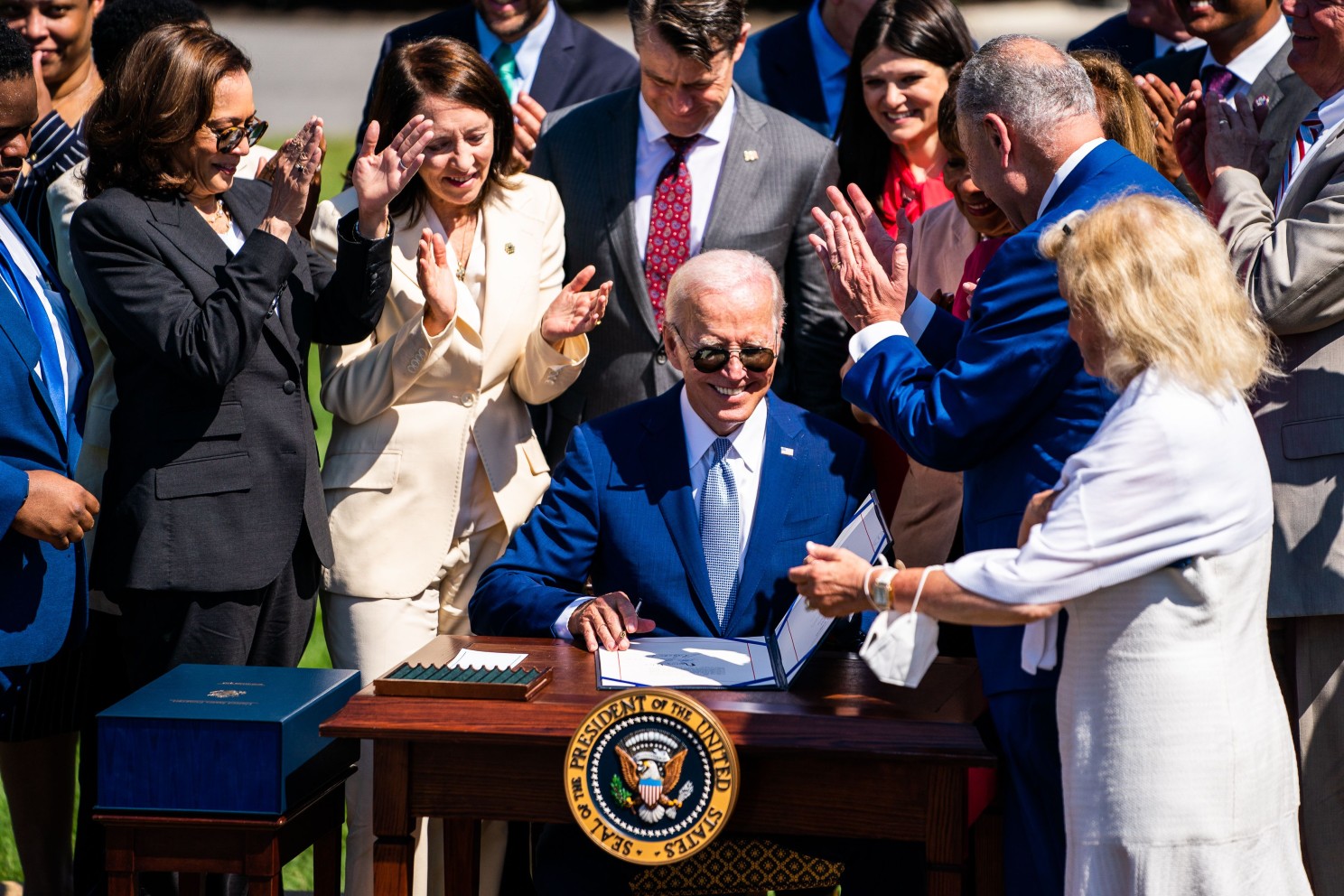
Over the past 3 years we´ve seen an increase in debates over semiconductors, whether it be a shortage problem or a trade war between global superpowers. The truth is these so-called chips represent innovation and technology for us, but they also represent military power. So why are they so important, and how can Mexico benefit from this?
Semiconductors, or microchips are those tiny pieces of silicon that power the world, and we find them everywhere we go, from computers and phones to fridges and cars, and even the coffee machine you have at home. Thanks to them we were able to improve technologically over the past 60 years, but that is not the real reason why superpowers like the USA and China are fighting over them. Besides the consumer products, chips are also used for military and space programs.
They were created in the 1950s by US engineers who handed the technology to the US government, which used it to get ahead of the USSR, improving its military warfare, intelligence, and software. The first chip only had 4 transistors (connectors), by 1966 they had already created ones with 60. You might ask, how many does my new phone have? The answer is between 10 to 50 billion transistors per chip. We have doubled the number of transistors every 2 years since the early 1960s. And this is the reason why they are so vital, they are basically the brains on every technological device, and whoever gets smarter and stronger will control society.

Let´s move on to understand how the supply chain of the semiconductors works, first you need the design and software development to be placed on the chips, this is largely done by US companies like Intel, Apple, and Microsoft, but also Samsung (South Korea) and Toshiba (Japan) are huge chip designers. Step 2 is to subcontract the manufacturing process, mainly to one country, Taiwan. TSMC (Taiwan Semiconductor Manufacturing Company) produces 92% of all advanced chips used around the world. Step 3 is the assembly, which includes connecting the chips with some specific wires (depending on the product), putting them in safe cases, and placing them in the final goods. The assembly part is also subcontracted to many countries around the world, but it is mainly Chinese companies who take care of this.
This is why the US is bringing back the supply chain of semiconductors to north America. For one, we already know that chips represent technological development, which means getting ahead of your rivals with better military devices and capabilities. We also understand that the supply chain is really only dependent on a hand full of companies worldwide.
Under this perspective, China represents a threat to national security, since they had began using American software and equipment to manufacture and design their own chips. President Biden signed the Chip Act in 2022, prohibiting all companies (American and foreign) using US technology to do any kind of business with China. In the act, billions of dollars in incentives are also included for companies who bring their semiconductor operations to the North American region.

This is where Mexico jumps in. FABS (which is what we call chip manufacturing plants) require from 50 to 100 mWh, and lots of liters per second of water in order to make the chips. Those companies will likely choose to move to the US. But no one has thought on the end part of the equation, the assembly. The so called OSAT (Outsourced Semiconductor Assembly and Test) Companies, which are mainly in China, will be required to move their productions closer to the US market and to the FABS themselves.
Some OSAT companies include ASE, JCET, HUATIAN, TFMC, amongst many others, which combined had a revenue of $8.5 billion USD in 2022. We believe this is where Mexico and Nuevo Leon should put its effort, we must try to bring these giants from Mainland China and Taiwan into Mexico.
In the next couple of years, Tensions between USA and China are not likely to repose, and we as a country and as a state have a huge advantage over other regions thanks to our near approach to the US, and we must act to bring to our shores one of the most important supply chains in the world.